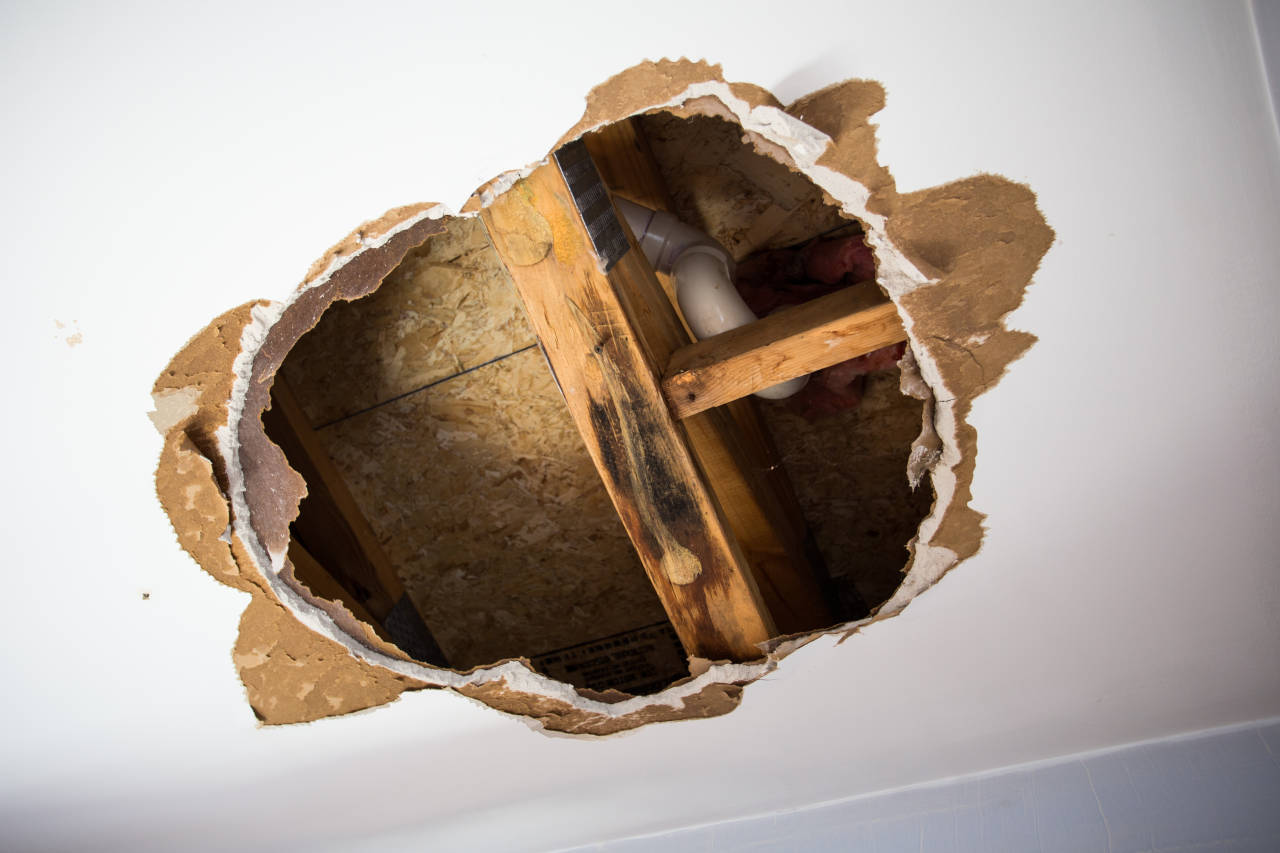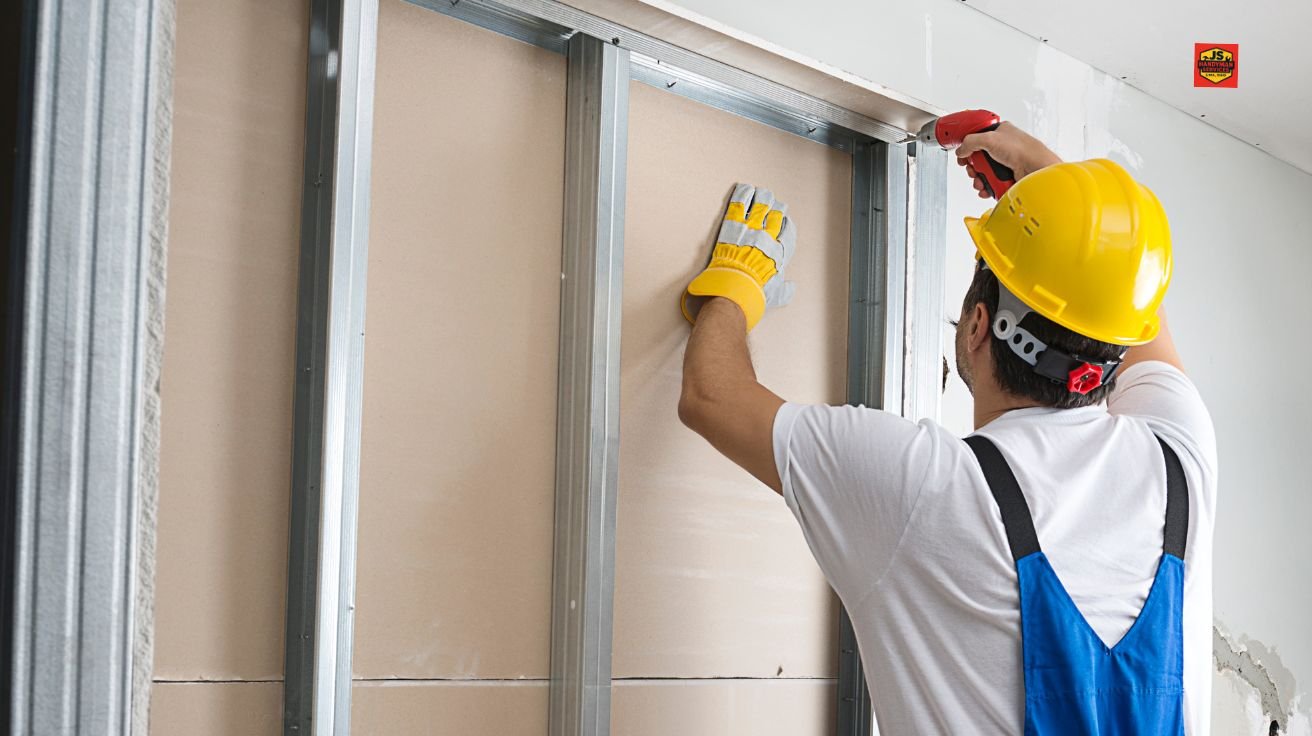Essential Tips for Effective Drywall Repair Work and Installment Techniques
Effective drywall repair work and installment needs a careful strategy. Recognizing the kinds of drywall and having the right devices is important. Accurate measurements and proper techniques can greatly influence the outcome. Many ignore essential actions like taping and fining sand, which can make or damage the final appearance. As jobs progress, common obstacles might occur that require attention. Exploring these tips can cause an extra successful and polished finish.
Comprehending Different Types of Drywall
Comprehending the various sorts of drywall is necessary for any kind of successful repair or installation project. Drywall, commonly called gypsum board, is available in several varieties customized for certain applications. Standard drywall is one of the most commonly used type, ideal for basic indoor walls and ceilings. Moisture-resistant drywall, commonly eco-friendly in color, is developed for locations prone to moisture, such as kitchens and shower rooms. Fireproof drywall, usually colored pink or purple, is crafted to stand up to higher temperatures and is often utilized in garages or near furnaces. Additionally, soundproof drywall aids reduce noise transmission, making it ideal for multi-family homes or recording studios. Specialty drywall, like cement board, is used in damp areas like showers or tub borders. Recognizing these types helps in selecting the right material for every job, guaranteeing sturdiness and performance in repair work or brand-new installments.
Essential Devices for Drywall Fixing and Installment
Having the right devices is vital for reliable drywall fixing and installment. A high quality utility blade is vital for cutting drywall sheets exactly. A drywall T-square assists guarantee straight edges, while a taping knife is needed for applying joint substance efficiently over joints. Furthermore, a drywall saw allows for removing harmed sections or fitting drywall around components.
For hanging drywall, a power drill with drywall screws is important, as it allows quick and protected installation. A degree is likewise crucial to verify that the drywall is straight and effectively straightened. A fining sand block or pole sander is important for raveling joint substance once it has actually dried. Lastly, a determining tape is important for accurate dimensions, protecting against waste and making sure a proper fit. Furnished with these tools, people can take on drywall tasks successfully, bring about professional-looking results.
Step-by-Step Overview to Fixing Holes and Cracks
When attending to holes and fractures in drywall, having the right tools and materials is vital for a successful repair service. This guide describes the needed items and provides a clear, step-by-step process to efficiently recover the surface. Comprehending these components will help ensure a smooth finish and lasting outcomes.
Tools and Materials Needed
A well-equipped toolkit is important for effective drywall repair work and installation. Secret tools include an utility knife for reducing drywall, a tape measure to ensure precise sizing, and a drywall saw for larger openings. A putty knife is essential for applying joint compound smoothly, while a fining sand block or post sander assists accomplish a seamless finish. For patching, a roll of fiberglass mesh tape or paper tape is needed to enhance joints. In addition, a drill and screws are needed for safeguarding new drywall items. Important materials contain joint substance, guide, and paint to complete the repair work. Having these tools and products accessible ensures a smoother, more reliable fixing process, producing professional-looking results.
Repair Work Refine Steps
Fixing openings and fractures in drywall needs an organized approach to assure a smooth coating. The location bordering the damages should be cleaned up thoroughly to remove dirt and debris. Next, for small cracks, a putty knife is made use of to apply a joint substance evenly over the location. For larger openings, a patch is essential; the harmed area is cut out, and a new item of drywall is fitted in place, secured with screws. When the spot is in position, joint compound is related to mix the sides. After drying, fining sand the area smooth is crucial. The repaired surface must be primed and painted to match the surrounding wall surface, making certain a low-profile repair service.
Techniques for Installing Drywall Panels
Setting up drywall panels requires mindful planning and precise execution to guarantee a smooth and professional coating. Initially, it is vital to measure the wall surface area properly and cut the panels to fit, making certain that they line up with the studs. Positioning the panels flat is usually suggested, as this can enhance the architectural integrity and minimize the variety of seams.
Utilizing drywall screws, installers need to secure the panels every 16 inches along the studs, making sure a company hold. It is vital to stay clear of overdriving the screws, which can harm the paper surface. For edges and sides, utilizing an energy knife enables clean cuts and a snug fit.

Finishing Touches: Insulation, Mudding, and Sanding
When the drywall panels are firmly in location, the next vital step involves the finishing touches of taping, mudding, and sanding. Taping is very important for creating a smooth shift in between panels and hiding joints. A quality drywall tape, either paper or fiberglass harmonize, must be used over the joints, guaranteeing it adheres effectively to the mud that will certainly be applied next.
Mudding, or using joint substance, follows the taping process. This compound fills voids and smooths out the surface area. A first layer should be used generously, feathering the sides to mix with the drywall. After the first coat dries out, subsequent layers may be needed for a flawless surface.
Lastly, sanding is necessary to achieve a smooth surface area. A fine-grit sandpaper ought Learn More Here to be made use of to carefully ravel any type of imperfections. Care must be taken to avoid over-sanding, which can damage the drywall - Drywall Installation Ogden Utah. Correctly implemented, these finishing touches produce a specialist look prepared for paint
Tips for Keeping Your Drywall After Setup
Keeping drywall after installment is vital to maintaining its look and structural integrity. Normal cleansing is essential; dirt and dirt can accumulate, so mild wiping with a moist towel is advised. Property owners need to also examine for any kind of signs of wetness or mold and mildew, particularly in high-humidity locations like kitchen areas and shower rooms. If any damage happens, it is necessary to address it without delay to stop additional problems.
Utilizing furnishings pads can aid avoid scratches or dents from hefty products. Furthermore, repainting the drywall with a top quality, washable paint provides an extra layer of security and makes future cleansing simpler. Avoid using abrasive cleaners or tools, as these can harm the surface area. Finally, maintaining a secure indoor browse around this site climate with appropriate humidity levels will certainly help prevent deforming or fracturing in time. By adhering to these tips, one can assure that drywall continues to be in outstanding problem for years to come.
Often Asked Inquiries
How Much Time Does Drywall Require To Completely Dry After Installment?

Can I Install Drywall Over Existing Drywall?
Yes, drywall can be set up over existing drywall, however it is vital to assure the underlying surface area is safe and secure and adequately prepared. This method can enhance insulation and minimize setup time, though it may add weight.
What Is the most effective Way to Soundproof Drywall?
The most effective means to soundproof drywall entails using specialized soundproofing products, such as resilient channels, acoustic caulk, and sound-dampening drywall. These strategies efficiently decrease audio transmission between spaces, improving overall acoustic efficiency in living spaces.
Just how Do I Select the Right Drywall Thickness?
To click site choose the right drywall density, consider the application and area. Requirement property wall surfaces usually make use of 1/2 inch, while ceilings or specialized locations might require 5/8 inch for added toughness and soundproofing capabilities.
Exist Eco-Friendly Drywall Options Available?
Yes, environment-friendly drywall alternatives are readily available. These consist of products made from recycled materials, gypsum boards with reduced unstable natural substances (VOCs), and those making use of lasting production procedures, offering environmentally-conscious choices for construction and restoration tasks.
Having the right tools is necessary for efficient drywall repair and installment. For hanging drywall, a power drill with drywall screws is important, as it enables secure and quick setup. Secret devices consist of an utility blade for cutting drywall, a tape measure to assure precise sizing, and a drywall saw for larger openings. Yes, drywall can be installed over existing drywall, but it is important to ensure the underlying surface area is safe and appropriately prepared. The finest method to soundproof drywall includes utilizing specialized soundproofing products, such as resistant channels, acoustic caulk, and sound-dampening drywall.